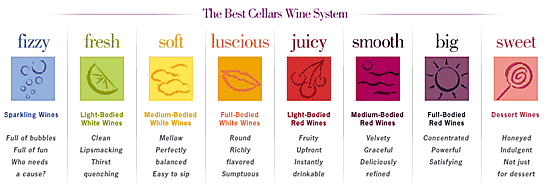I briefly attended a user-centered design seminar thingy yesterday, and one of the things that came up was the increasing acceptance of the importance of ethnography in design research. More and more companies are “getting” that they’ve got to observe people and better understand what they do, how they behave, etc.
As a UCD nerd, I think this is great. But listening to this discussion, I wondered if we’re going far enough.
As someone who got a B.A. in anthropology, and who lives with an archaeologist, I fear we’re giving ethnography short shrift. We’re cherry-picking a few methods, applying them in a rapid fashion, and patting ourselves on the back for “understanding people.”
Our research tends to be so problem-focused, and so user-oriented, that we lose sight of the situated-ness of our designs. Not just situated in a context (whether it’s domestic or commercial) or within a group, but within a larger, more complex, social fabric.
I think it’s a shame that we study users for 2-3 weeks, get all pleased with ourselves, and move on. We ought to be cultivating relationships with our subjects, and engaging with them for weeks, months, even years. (Sadly, such opportunities aren’t really in the consultant’s purview — here’s to hoping organizations recognize and address this need.)
I was thinking about this because at this design event, some of the participants were commenting on what, for them, was a new idea — that users make products meaningful for themselves. This was in relationship to obviously-tailorable products like del.icio.us or upcoming.org. But it was disappointing that these folks didn’t recognize that “users” having been adopting and adapting products forever, and they’ve definitely been circumventing designers’ intent since the beginning of mass production.
The class I took last semester on Information and Society had some wonderful readings on a subject called the Social Construction of Technology, which is an approach for understanding how the meaning and use of designed objects shift and evolve over time for quite a while before they become established. We also read some work on “configuring the user,” the follies of which danah addressed a while back.
I think as more and more tools get more and more explicitly social, we’re going to have to reach beyond snapshot ethnography in order to truly understand use, meaning, and value, and that designers who pay attention to this ought to be able to have longer-term successes… ones that might require more investment, but ones that could truly pay off.
